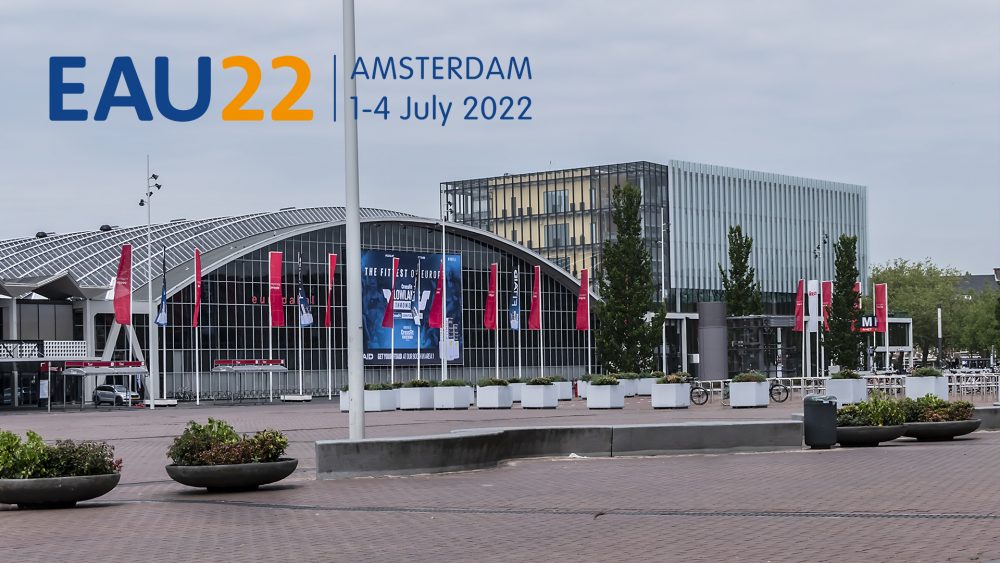Advertisment
En bloc resection vs TURBT for NMIBC

The traditional surgical technique for TURBT involves piecemeal removal of the tumour whereas en bloc resection (ERBT) removes the whole tumour in one piece. Professor Jørgen Bjerggaard Jensen (Aarhus, Denmark) described the potential advantages and problems associated with the two approaches.
One problem with piecemeal resection is that it can be difficult for the pathologist to find evidence of invasive disease amongst the tumour fragments. Another problem is that it is contrary to good practice in oncology surgery. “I don’t think many breast surgeons would take the tumour and crush it into small pieces within the breast then squeeze it out of a small hole…”, he said. Piecemeal resection also risks under-staging the tumour. In one series of cases 25 percent of patients believed to have T1 disease actually had pT2 disease at cystectomy.1 Finally, there is a risk associated with cutting into the tumour. A study carried out in Sweden 2 showed that “circulating tumour cells increased dramatically during the resection”, said Professor Bjerggaard Jensen.
Ideally, the tumour should be “peeled off in its entirety” in an en bloc procedure. “If the stalk is present, it is very easy for the pathologist to say that there is no [muscle] invasion”, he said. Moreover, at present the only good surrogate marker of surgical quality is the presence of detrusor muscle if there is a high-grade tumour but with an en bloc resection there is no need to look for detrusor muscle. “Who would think there is invasion into the detrusor muscle if there is no invasion going beyond the stalk”, he asked.
From the oncological point of view – tumour recurrence or progression – a recent review reached no conclusion because the available studies were underpowered.3 One problem is retrieval of the en bloc resected tumours, if they are more than a few centimetres in diameter. Researchers are working on this problem, said Professor Bjerggaard Jensen.
A review of potential candidates for ERBT was carried out at Aarhus University Hospital, Denmark.4 A total of 600 TURBTs was reviewed and 25 percent were found to be eligible for EBRT. However, the recurrence rate was low at 20%. A future trial based on reducing the already low recurrence crate would require very large numbers to demonstrate an effect, he noted.
A Nordic study comparing ERBT with TURBT is in progress. (NCT05223491) According to the protocol, 220 patients with tumours larger than 2cm will be randomised to TURBT or ERBT; the outcomes will be complete removal of tumour, specimen quality, and pathological certainty.
ERBT non-inferior to TURBT
Dr Andrea Gallioli (Barcelona, Spain) presented an abstract describing a single-centre, prospective comparison of ERBT versus conventional TURBT.
Although TURBT is considered the gold standard in the diagnosis and risk stratification of bladder cancer, it has been suggested that ERBT could offer
- Better pathological specimens
- Shorter operative and catheterisation times
- Shorter hospital stays
- Fewer complications (e.g., perforation)
- Better oncological outcomes
A total of 248 patients were randomised. The results showed that ERBT was non-inferior to TURBT in both detrusor muscle presence (>93% in both groups) and staging of bladder cancer. However, T1 substaging was feasible in significantly more patients in the ERBT group (100% vs 80%; p=0.020). There was no difference in oncological outcomes.
Article by Christine Clark PhD FRPharmS.
References
- Dabagni G et al Clinical outcome in a contemporary series of restaged patients with clinical T1 bladder cancer Eur Urol.. 2009;56:903-10. doi: 10.1016/j.eururo.2009.07.005. Epub 2009 Jul 17.
- Engilbertsson H et al. Transurethral Bladder Tumor Resection Can Cause Seeding of Cancer Cells into the Bloodstream. J Urol 2015;193:53-57
- Mori K et al. En bloc resection for non-muscle invasive bladder cancer: review of the recent literature. Curr Opin Urol. 2020 Jan;30(1):41-47. doi: 10.1097/MOU.0000000000000697.
- Nielsen NK et al Potential candidates for en bloc resection among patients with primary and recurrent bladder tumours. Scand J Urol. 2021;55:366-371. doi: 10.1080/21681805.2021.1954686.





